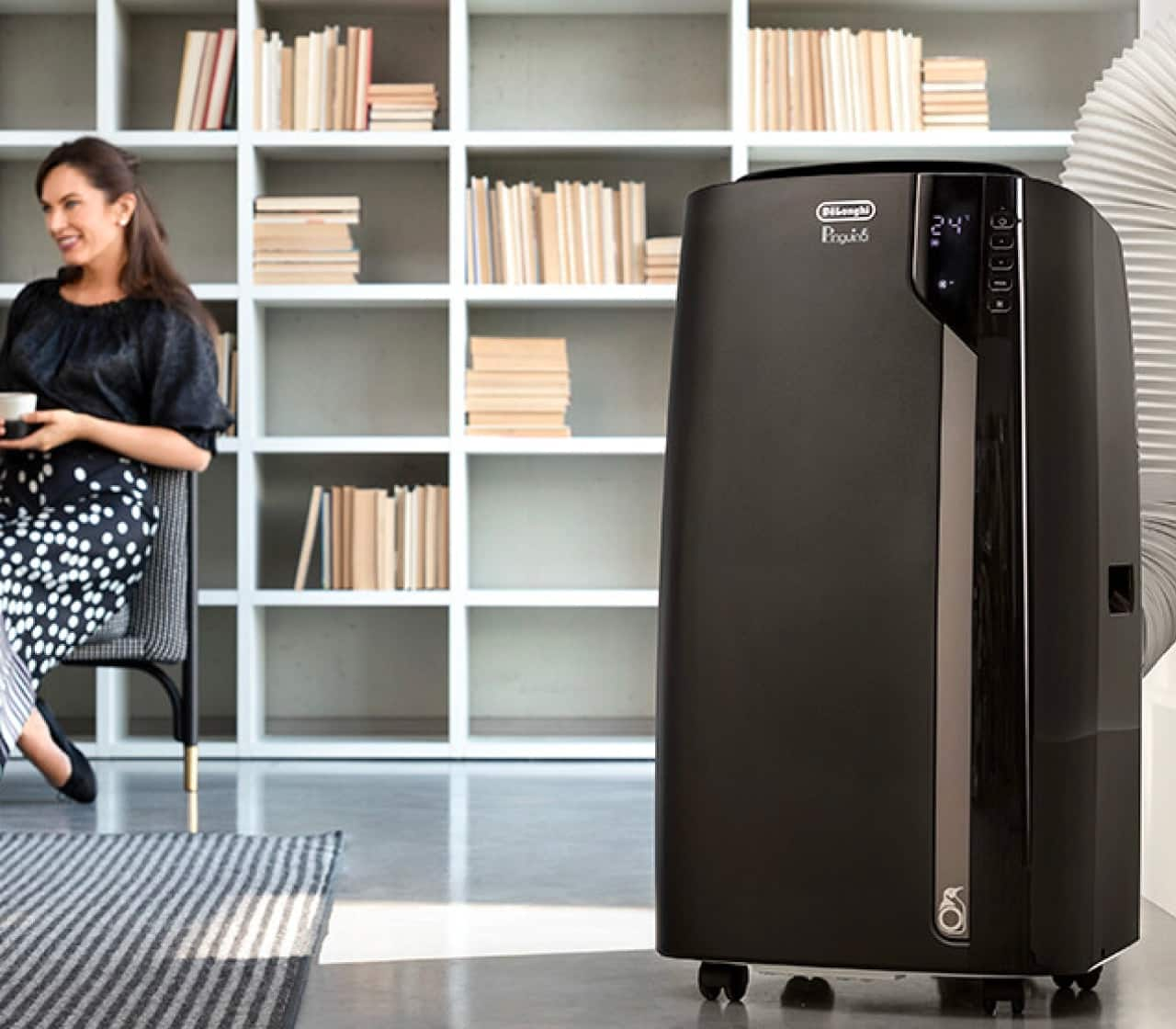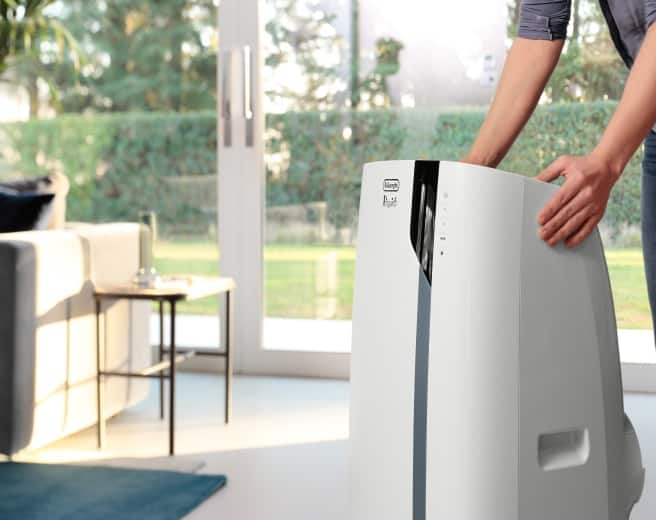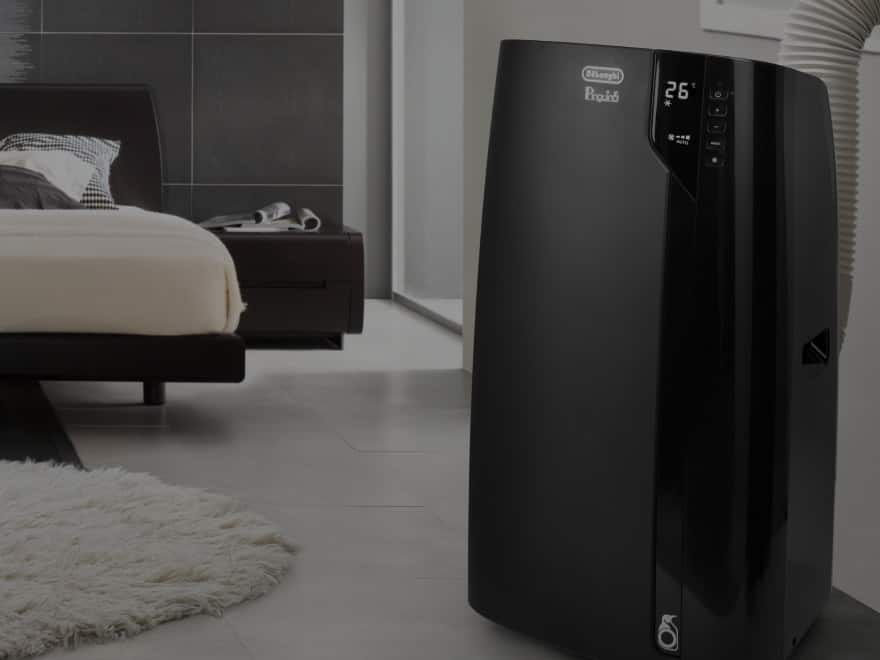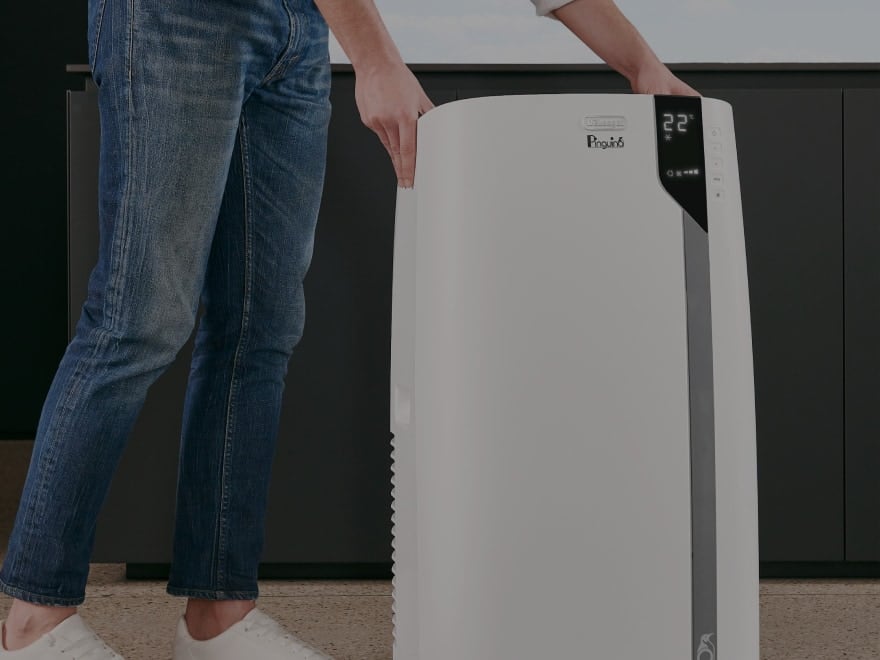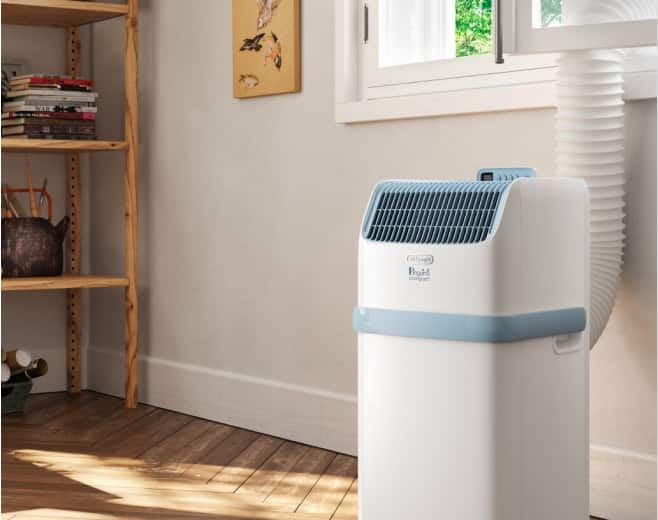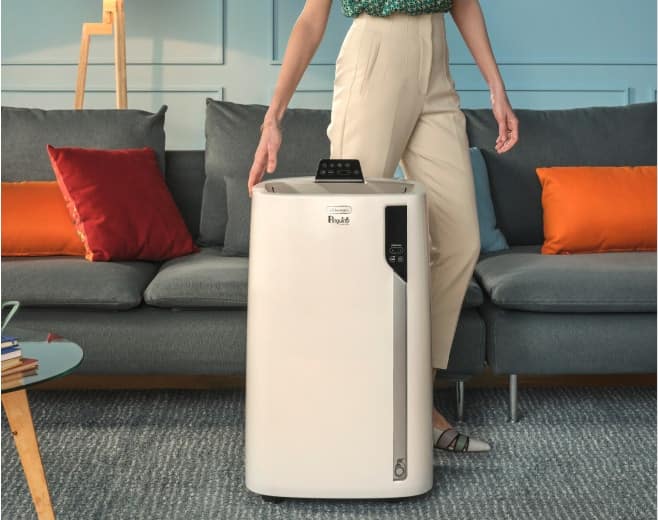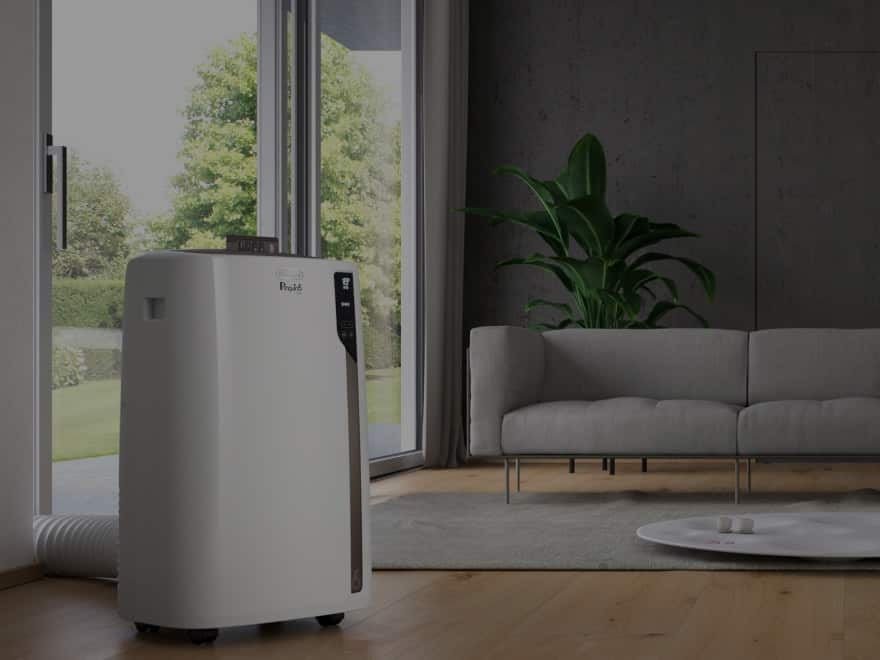
Heating Function and Dehumidification Function
The dehumidification function helps to remove excess moisture from the air, improving comfort and reducing the risk of mould growth. This function can be used, for example, in a very humid room or at certain times of the year when the humidity is particularly high. The heating function, available on the De'Longhi PAC EL92HP, allows the appliance to provide warmth during the colder months, making it a versatile appliance that can be used all year round.










